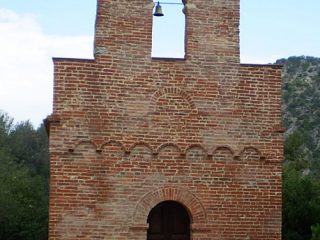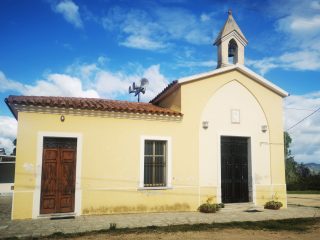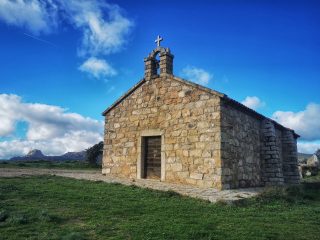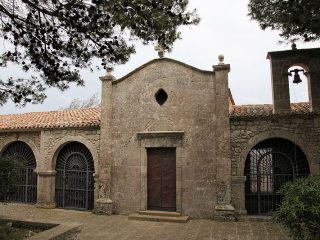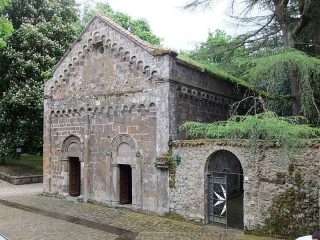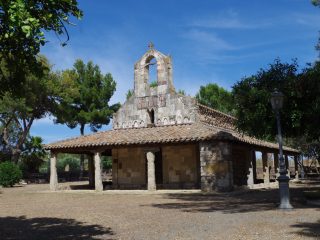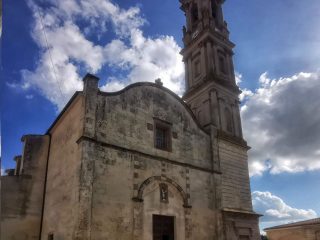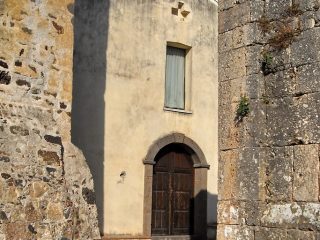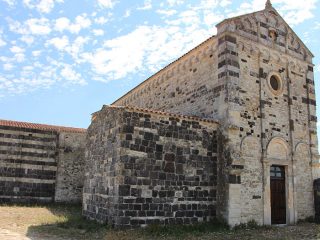The basilica stands in the Stronghold of Santa Croce in the Castello neighbourhood, an area known as the Jewish Ghetto.
Indeed, the building started out life as a synagogue for the Jewish community living in Castello as early as the XIII century; however, following the expulsion of the Jews and Muslims in 1492, on the orders of Ferdinand II of Aragon and Isabella of Castiglia, the building was converted for Christian worship. In 1661, thanks to a bequest from the aristocrat Anna Brodo of the Marquises of Villacidro, the building was renovated and extended; finally, in 1809, King Vittorio Emanuele I gifted the church to the Order of Saints Maurice and Lazarus, elevating it to the status of Basilica.
The main facade extends upwards with aspects that bring to mind Mannerism; it is horizontally divided by two cornices that hold a median band displaying the Jesuit stem. In the lower layout, the portal on top of the fragmented curvilinear gable opens up. This houses the Brodo coat of arms and an inscription to commemorate the donation.
Inside, we find a barrel-vaulted single nave with false coffers, created by Ludovico Crespi, and three chapels each side with polychrome marble alters displaying eighteenth-century wooden simulacrums of the Madonna dell’uva and Saint Stanislao Kostka, both the work of Neapolitan craftsmen.




